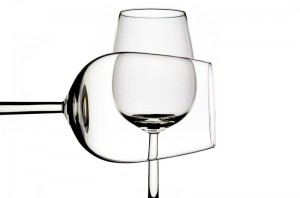Dry Rieslings deserve a closer look
 Snubbed almost as often as white zinfandel, Riesling may be the most underappreciated white grape in the world. Is it because of the continued misunderstood image that all Riesling is sweet, the cumbersome confusing labels or could it be as simple as the fact that few people have explored the surprising and racy crispness of dry Rieslings?
Snubbed almost as often as white zinfandel, Riesling may be the most underappreciated white grape in the world. Is it because of the continued misunderstood image that all Riesling is sweet, the cumbersome confusing labels or could it be as simple as the fact that few people have explored the surprising and racy crispness of dry Rieslings?
Over the past 10 years the production of dry Riesling has increased significantly, not only in Germany but the rest of the world. As more wine consumers set out exploring a gamut of taste, flavors and colors they continue searching out dry styles versus sweet. Chefs and sommeliers have been onto this refreshing style for years, adding this versatile food friendly grape to wine lists around the world.
When it comes to Riesling, German labels are notorious for being confusing and intimidating because of the unfamiliar wording. So when searching out dry versions rather than sweet, start by looking for two key words, Trocken (literally translated “dry” in German) or Halbtrocken (“half dry”). Also, keep in mind the label confusion is usually caused by German ripeness classifications, so look for wines labeled Kabinett, which are made from the leastripe grapes, producing wines that are generally light-bodied, lower in alcohol and made in a drier style.
THE VALUES
- 2008 Bonny Doon Pacific Rim Riesling, California (about $13 retail)
- 2008 Chateau Ste. Michelle, Johannisberg Riesling, Washington (about $13 retail)
- 2008 Rudi Wiest Riesling, Germany (about $12 retail)
- 2008 Cupcake Dry Riesling, California (about $10 retail)
- 2008 Snoqualmie Naked Riesling, Washington (about $13 retail)
THE SPLURGES
- 2008 Pfeffingen Dry Riesling, Germany (about $18 retail)
- 2008 Hugel Riesling, France (about $24 retail)
- 2007 Spy Valley Riesling, New Zealand (about $24 retail)
- 2008 Francis Coppola Sofia Riesling, California (about $24 retail)